#SIWA
Text
Siwa Oasis, Egypt. The 95% salt concentration increases the density of water and buoyancy, making it so you can't sink. (source)
803 notes
·
View notes
Text

Where she went ?
#444
35 notes
·
View notes
Text
WHEN IM TIRED I LAUGHT AT THE STUPIDEST THINGS. LET ME INTRODUSE TO YOU THE UNFUNNY MEME IM CAME UP IN 3 SEC. I APOLOGIZE.
BTW SIWA WAS A STORE IN FINLAND. IN OG PIC HE'S WEARING PIRKKA LOGO(STORE BRAND)

33 notes
·
View notes
Photo



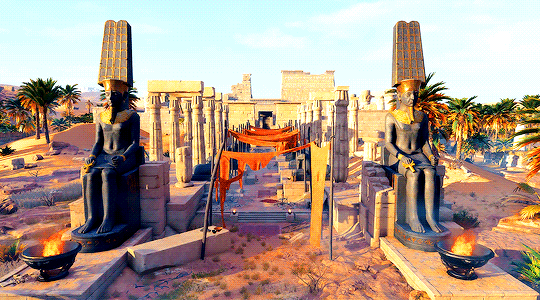



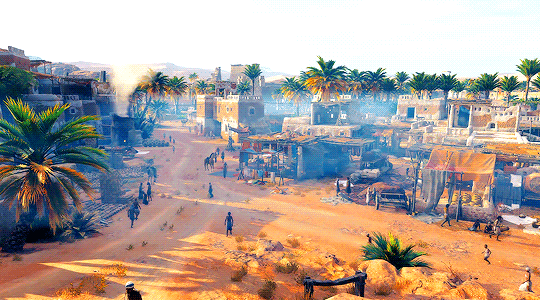

Assassin’s Creed Origins | Siwa 1/?
#acoriginsedit#mygifs#gamingedit#acedit#assassin's creed#assassin's creed origins#siwa#acscenery#gamingnetwork#dailygaming#dailyvideogames#gaming#usergif#my gaming#mygaming#vgedit
217 notes
·
View notes
Text

Crystal clear salt lakes in the middle of the Sahara Desert 💦
#lake#sahara desert#siwa#matruh#egypt#travel photography#amazing nature#travel#nature#travel destinations#landscape#landscape photography
37 notes
·
View notes
Text

#footsteps#steps#step in the sand#sand#sand dune#sand dunes#dunes#mine#my pictures#my picture#photography#amateur photography#nature#original content#natur#siwa#egypt#egypte#ägypten
8 notes
·
View notes
Text

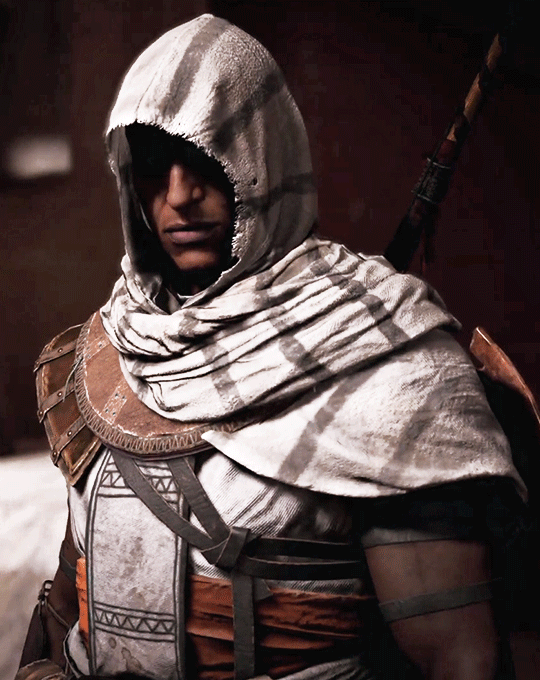
Bayek of Siwa | Assassin’s Creed Origins
332 notes
·
View notes
Text


#acorigins#assassin's creed#assassin's creed origins#ubisoft#photomode#gamingedit#virtual photography#gaming photography#siwa#memphis#pc gaming#pc share#in game photography
8 notes
·
View notes
Text
youtube
🎀 Jojo Siwa 🎀
#therealjojosiwa#lgbt#gay#lesbian#dancesingay#america#trans#espie#professor espie#indigenous#eso#jojo siwa#jojo#siwa#youtube#tiktok#compilation#pride#2024#lgbt history#dance moms#sapphic#art#music#new music#new music 2024#chappel roan#sabrina carpenter#olivia rodrigo#king princess
6 notes
·
View notes
Text















Clothes from the Siwa Oasis, Costumes of Egypt by Shahira Mehrez
Siwa is relatively isolated from the rest of Egypt, and resultingly has a unique local culture. This is bolstered by its large population of Imazighen and Black people. Though the public perception is that Siwa is the only place Imazighen have lived in Egypt in large numbers, this is not true as there are parts of Upper Egypt that have Amazigh populations (specifically descending from the Hawwara), and even centuries where they were the dominant local political entity. That said, the Oasis still traded with other parts of Egypt during it's isolation, notably with Kirdasa, where many kinds of striped fabrics were traditionally sourced. It seems fashion may have been influenced beyond that, as one surviving example of a 19th century dress is in the tob sebleh style used throughout Egypt.
Unmarried girls and married women were traditionally distinguished in two ways: one, girls wore tunics with a slit neckline, which is embroidered in green, orange, red, and yellow. Married women wore a square neckline with predominantly green embroidery. Two, women wore a kind of sirwal called srwalayn hatem as part of their standard clothing under their tunic. 7 of these would be included in the trousseau. Unmarried girls traditionally did not wear this.
The white and black bridal dresses you may have seen before are called ashsherreḥ (sometimes transliterated "asherah") naminal and ashsherreḥ nazitaf, respectively. These are elaborately embroidered and embellished with decorative mother of pearl buttons. The buttons have led to other Egyptians calling these "the dress of a thousand buttons". They were not originally worn on the day of the wedding itself, but for ceremonies in the following week, and kept as formal wear. However, there are a few other styles of dresses designated for weddings and the bridal ceremonies, and these dresses have had similar versions made for unmarried girls at various points as fashion evolved and changed. Today, while some young brides have a strong affection for the traditional dresses, very few women wear them due to social judgement and the proliferation of Western style white dresses, as well as a lack of avaliablity of the dresses or even jewelry, which may be more socially accepted than the dresses. Most examples of the ashsherreḥ have a round neckline with a slit instead of the square neckline, though other bridal tunics have the square neckline. There was also a brief fashion of ashsherreḥ in bright colors in the mid 20th century.
The embroidery has been of interest to various archeologists and historic researchers, as Siwi motifs include suns and crosses, often combined together. The mother of pearl buttons also have a solar significance, being believed to give the wearer the power of the sun. Some, such as Ahmed Fakhry, believe Siwa once hosted Christians and adherents of Amun-Ra simultaneously, and take these symbols as potential evidence. Personally I find taking this specifically as evidence of that a bit spurious (though the suggestion itself is certainly plausible, and even likely), but embroidery motifs on clothes certainly are used for centuries in Egypt; while exact copies are rare, one can find Mamluk era examples correlating strongly to motifs found on dresses made 600-400 years later. I am mostly skeptical because 1) other Egyptians are can be very obnoxious about proving something was originally Pharaonic, and often use logical leaps or simply lie to connect things, and 2) urban peoples have a very annoying habit of treating rural peoples as though they are "frozen" in time, so using regional dresses as evidence for history some thousand years ago rankles me. I see it all the time with biblical scholars in regard to Beoduins, and I narrow my eyes here because it feels like a similar attitude. Admittedly, as I have pointed out, this isn't unique to Siwa.
4 notes
·
View notes
Text
I do have sympathy for jojo siwa for what she had gone through on dance moms but that doesn’t excuse her abusing the kids in her own group XOMG POP. It’s sad that most people who are abused and don’t get proper therapy or don’t actually come to terms with it end up being abusers themselves in the future. It’s a the cycle of abuse, which is why it’s important to talk to people and go to therapy. I genuinely do hope she realizes the harm she’s doing and the people she’s surrounding herself with aren’t good people (Colleen ballinger, Shawn Dawson, etc…) Despite her pass she’s still hurting people and surrounding herself around people who’s hurt so many. It’s terrible, this whole situation is terrible.
#jojo siwa#karma#karmas a bitch#mental health#relatable#life#real life#siwa#emotional abuse#child abuse#abuse mention#rant post#personal rant#XOMG POP#cycle of abuse#tw abuse#colleen ballinger#shane dawson
2 notes
·
View notes
Text


Siwa as portrayed by Westfalen.
Živa, Zhiva (Latin: Siwa)
11 notes
·
View notes
Text

Evangeline Lilly
Siwa, Egypt. March 2023.
Source
#evangeline lilly#hope van dyne#the wasp#egypt#siwa#desert fashion#ant man and the wasp#lost#real steel
8 notes
·
View notes
Text
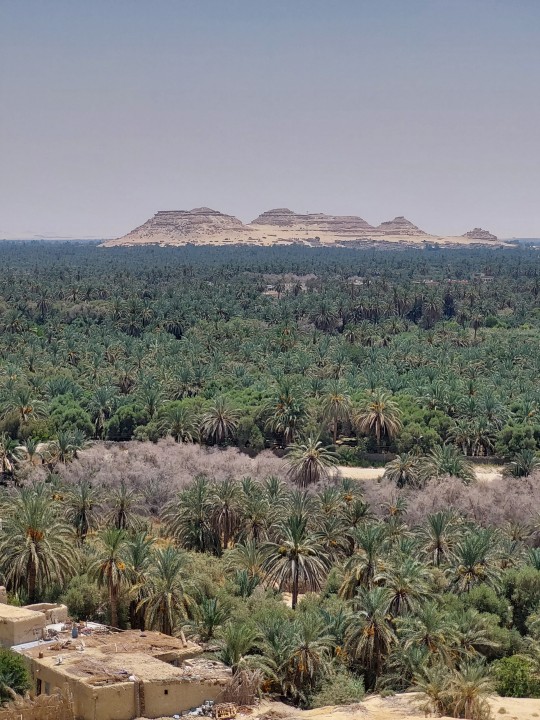
#my picture#my pictures#photography#amateur photography#mobile photography#egypt#egypte#ägypten#Aegypten#Desert#Desert Sky#Woestijn#Siwa#siwa oasis#siwa egypt#siwa oase#oasis of siwa#palmtree#palmtrees
27 notes
·
View notes
Text
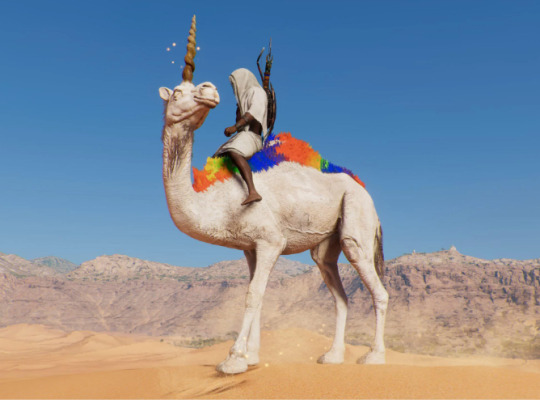
I got this in Ac Origins unicamel! lol so cute
2 notes
·
View notes

